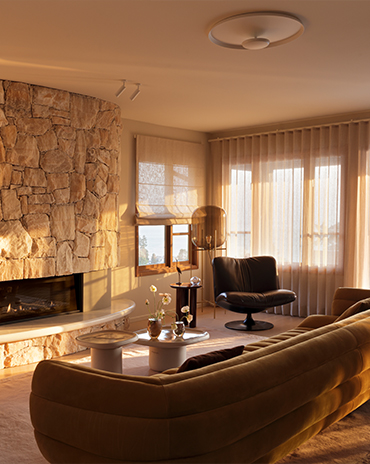Copyright © 2025 Motivate Media Group. All rights reserved.
Dar Tantora is the newest hotel in Saudi Arabia’s historical town of AlUla
It has been inspired by its landmark sundial and traditional building methods
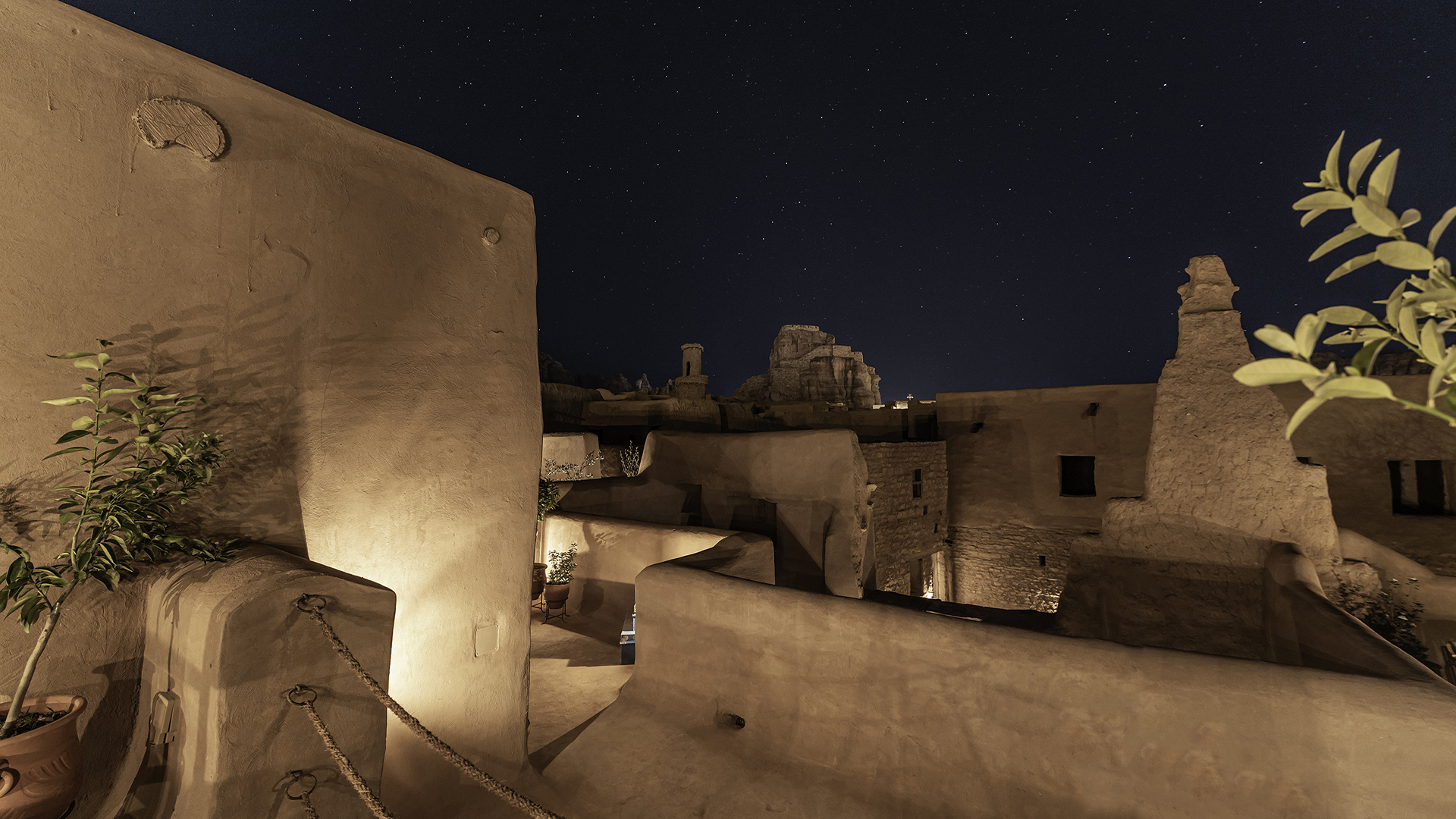
Tantora AlUla is a sundial that has been used by the locals of the historical Old Town of AlUla in Saudi Arabia for hundreds of years to announce the changing of the seasons. On the first day of winter, the sun’s rays fall directly on the stone sign, announcing the return of agricultural activities. It is on the site of this landmark sundial (Sahat Ad Darb) that the Dar Tantora guest house is set; the dial acts as inspiration for the design, which comprises several historical mud-brick buildings. The original architecture has been restored and repurposed, preserving it out of respect for the local community and customs while allowing visitors to immerse themselves in the heritage of the area.
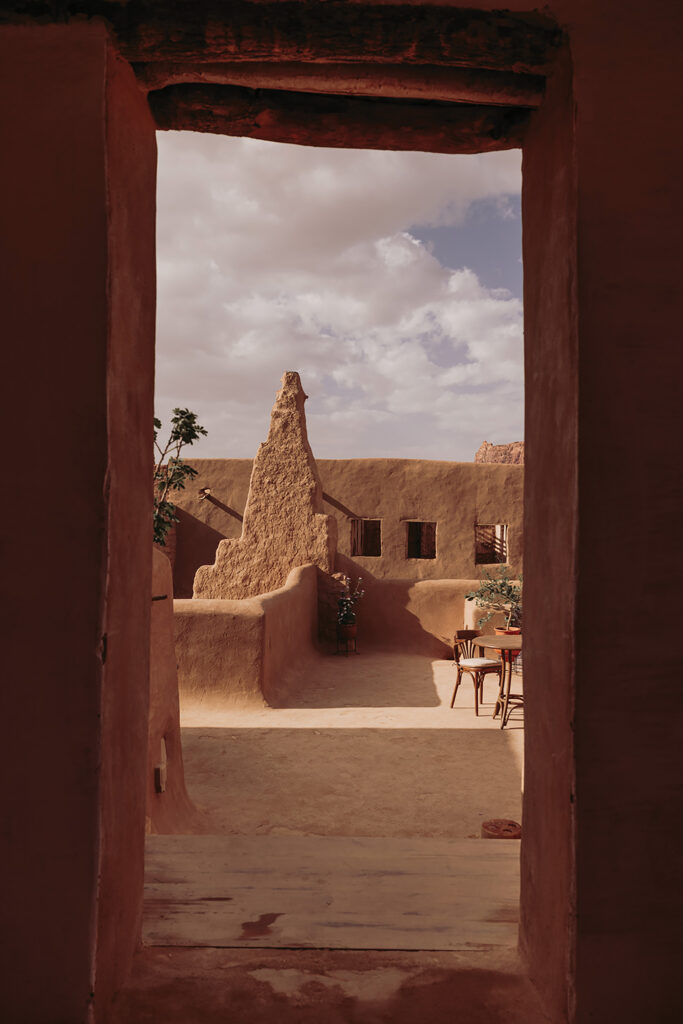
Sahat Ad Darb, once known as Tantora, served as a vital link between the town and the oasis, facilitating the distribution of spring water to farmers and signalling the beginning of the seasons. Today, the Winter at Tantora festival celebrates the harvest season, honouring farmers and their contributions to the community.
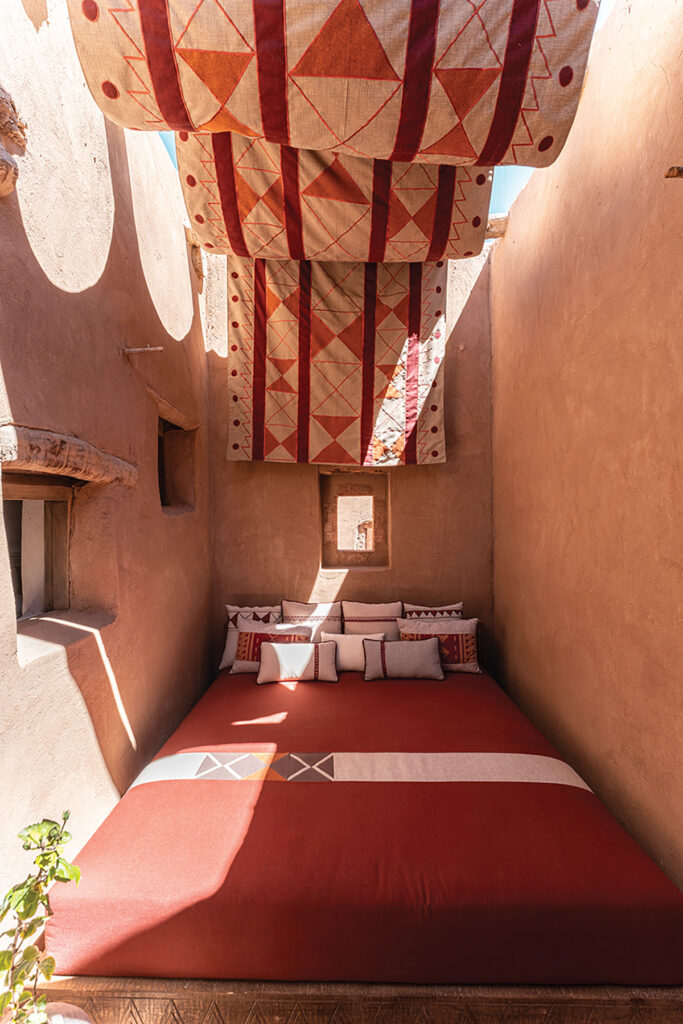
Each hotel room is set inside a traditional mud house which is closely-knit with the others, forming a continuous defence wall that reflects the community’s close bonds and shared history. Narrow alleys wind through the maze-like plan, leading one to open marketplaces and corridors.
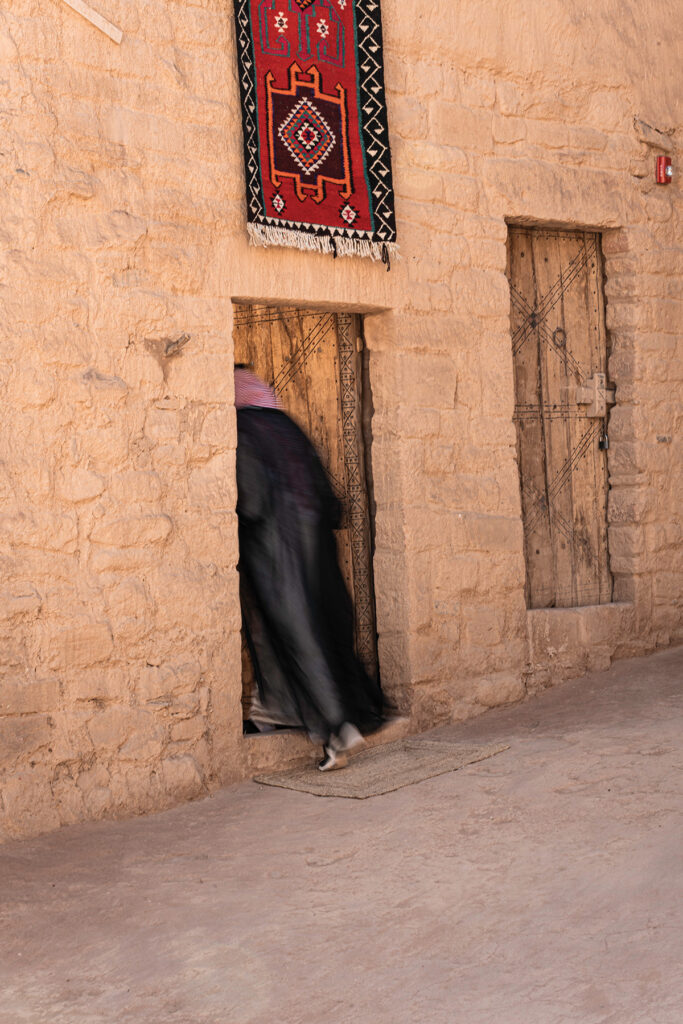
The restoration of the old town of AlUla is being led by the Royal Commission for AlUla (RCA), working alongside a heritage team and various consultants. Using contemporary engineering methods and time-honoured techniques, local artisans were also engaged in the restoration, and received special training to complete the project. This included using the same techniques that were once employed to build the mud houses, which are great examples of traditional sustainable architecture. Much like with other projects by the RCA, a Sustainability Charter has been assigned to govern each project’s economic, social and environmental impacts – and Dar Tantora is no different.
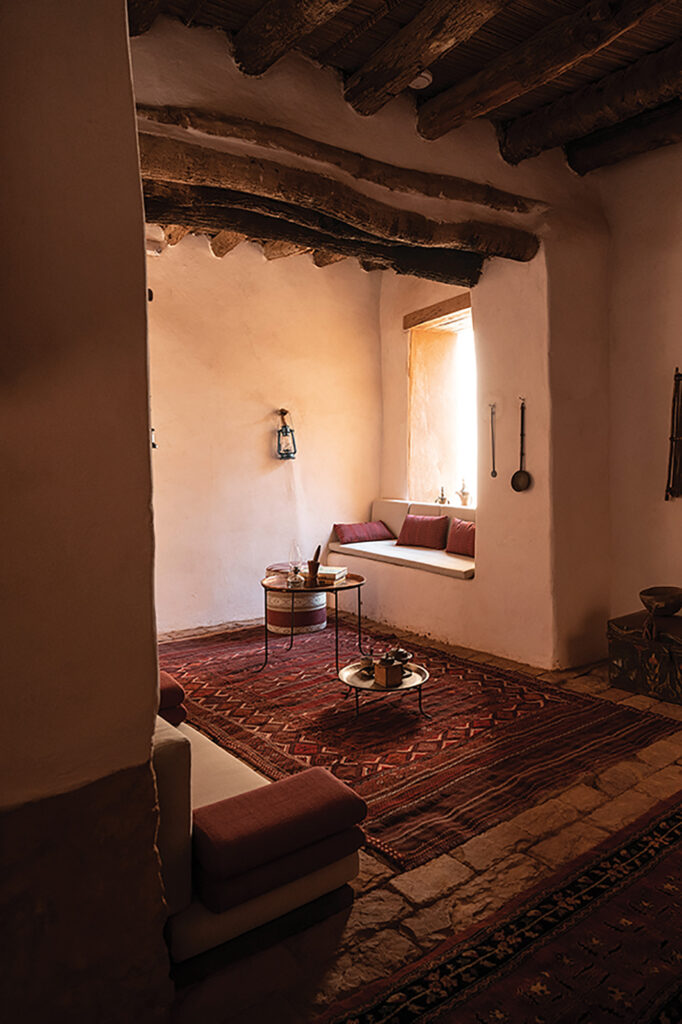
The commitment to sustainability and to preserving the town’s architectural heritage is evident throughout the project. The intricate architectural design reflects the thoughtful planning that facilitated the town’s self-sufficiency for centuries. The traditional mud-brick houses, with their effective use of natural ventilation and lantern fires, demonstrate a deep respect for the environment and a dedication to sustainable living.
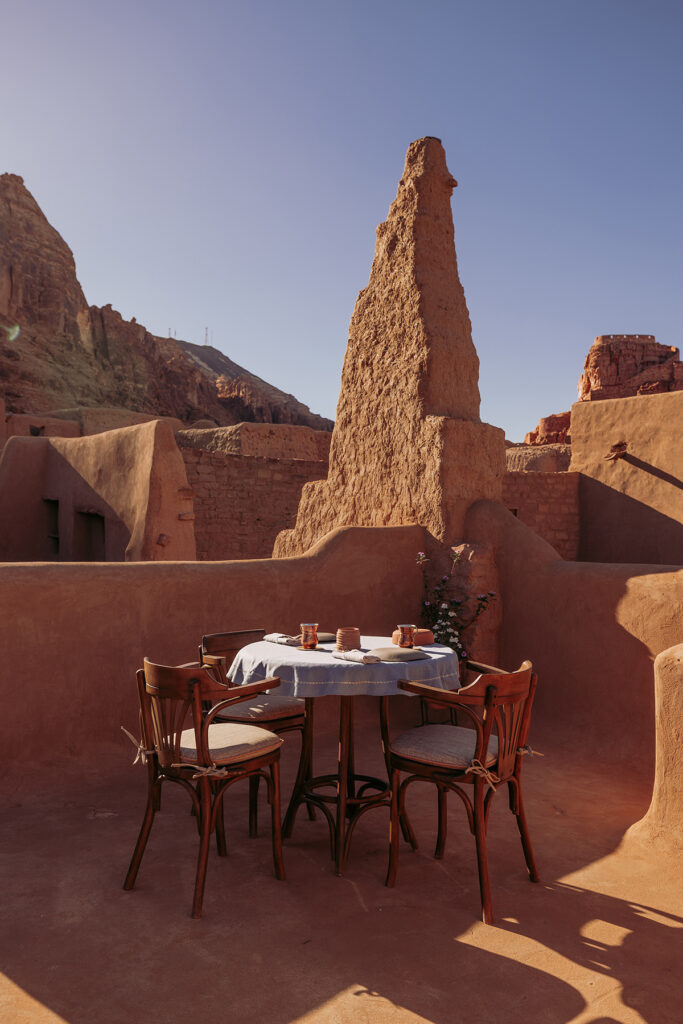
Jeddah-based architecture and design studio WATAD – led by Dana AlAmri and Yahia Kandil – took charge of the concept and interior architecture for the first phase of the boutique hotel, which hosts 30 rooms. The architects told identity that they “designed the [hotel] to run like a traditional house,” as a way to showcase the vibrant traditions and culture of the town. With the aim of amplifying the landscape, the traditional building and the culture of the town, the architects focused on protecting the original visual and architectural elements of the buildings, allowing guests to journey back in time. Interacting with the local community played a vital role in creating an experience that was true to the area and its heritage. This is also evident in the interiors, in which the architects insisted on promoting artisanal and locally made objects, materials, fabrics and patterns that are a showcase of the Northern Arab region. They also collected antique objects from the area to be displayed across the property.
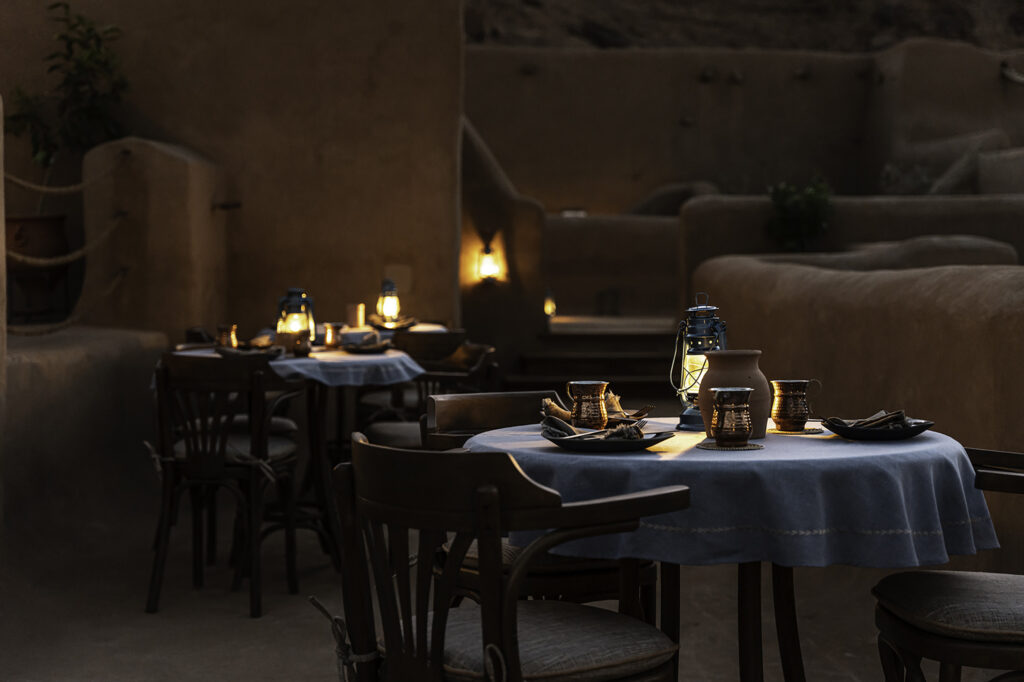
The hotel rooms themselves are adorned with traditional décor, furniture and artistic accents, incorporating storytelling elements that capture the area̕s intangible heritage.
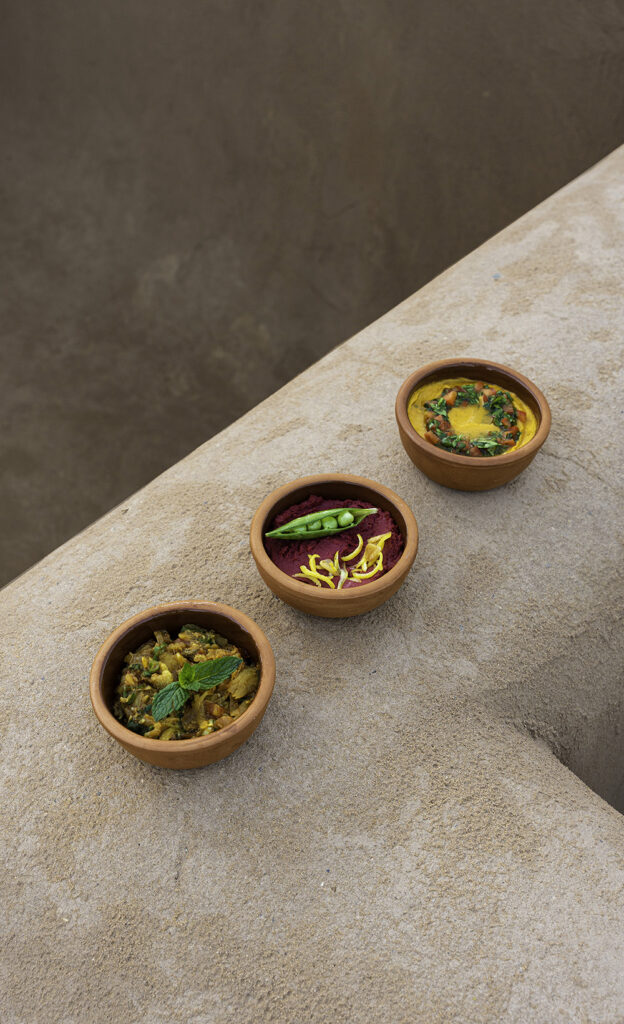
“We were guided here by the process, which is a true example of how we love to work as a team,” the designers said. “It allows us to learn something new every time – and that is where we find the pleasure in what we do.”

More of Saudi Arabia’s historical town of AlUla? Read here.
The Latest
Highlights of the Biennale Architettura 2025
We shine a light on the pavilions from the Arab world at the Venice Architecture Biennale, on display until Sunday 23 November 2025
Read ‘Bold Design’ – Note from the editor – July/August 2025
Read identity magazine's July/August 2025 edition on ISSUU or grab your copy at the newsstands.
Things to Covet in June 2025
Elevate your spaces with a pop of colour through these unique pieces
Designing Spaces with Purpose and Passion
We interview Andrea Savage from A Life By Design – Living & Branding on creating aesthetically beautiful and deeply functional spaces
Craft and Finesse
EMKAY delivers a bold and intricate fit-out by transforming a 1,800 sqm space into SUSHISAMBA Abu Dhabi, a vibrant multi-level dining experience
An Impressive Entrance
The Synua Wall System by Oikos offers modularity and style
Drifting into Summer
Perennials unveils the Sun Kissed collection for 2025
The Fold
Architect Rabih Geha’s collaboration with Iwan Maktabi
From Floorplans to Foodscapes
For Ayesha Erkin, architecture was never just about buildings, but about how people live, eat, gather and remember
Between Sea and Sky
Cycladic heritage, heartfelt hospitality and contemporary design converge on Deos Mykonos, designed by GM Architects
A Fresh Take on ’70s Style
Curved shapes and colourful artworks bring vibrancy to this contemporary home with mesmerising nature views
















